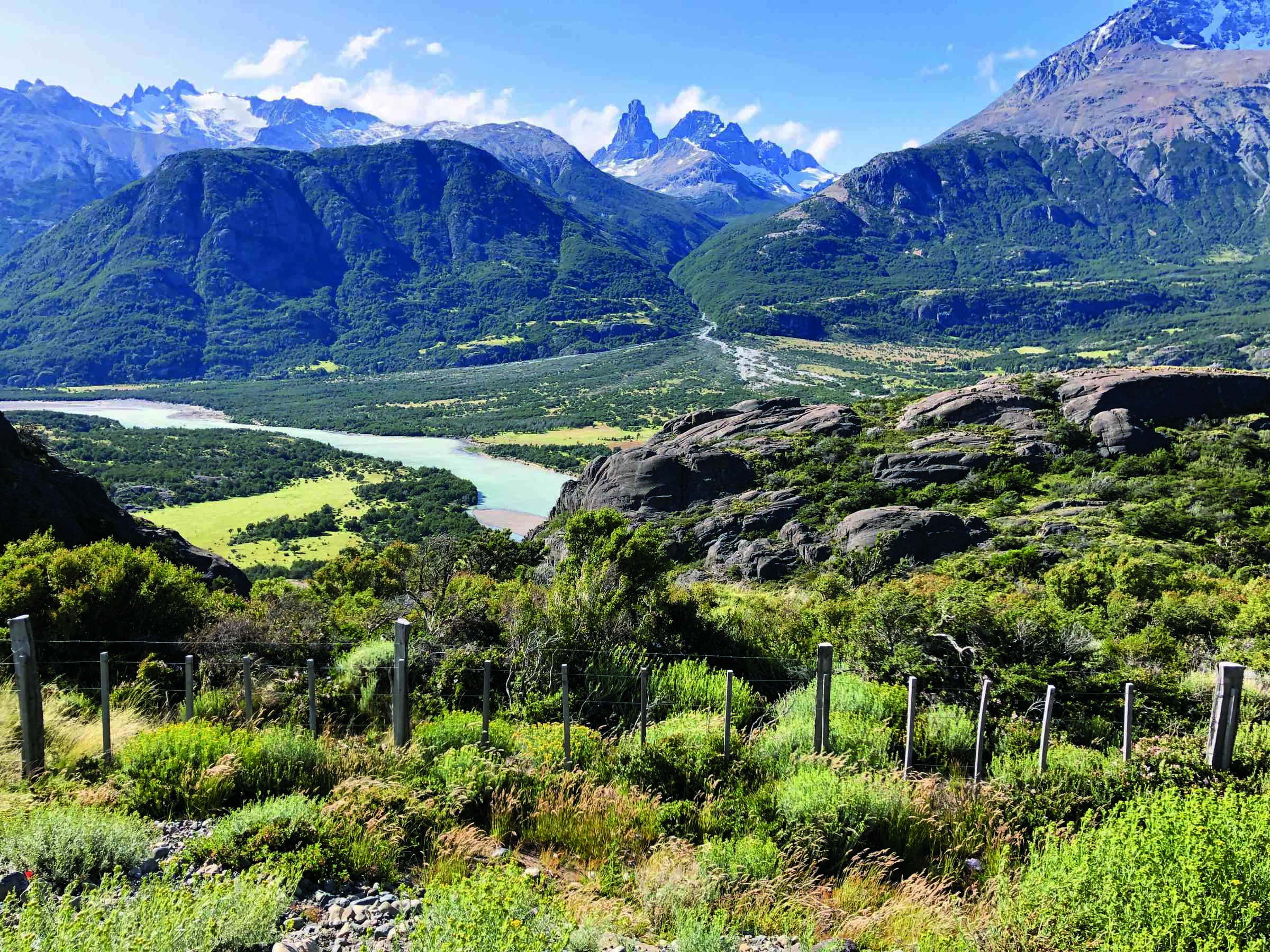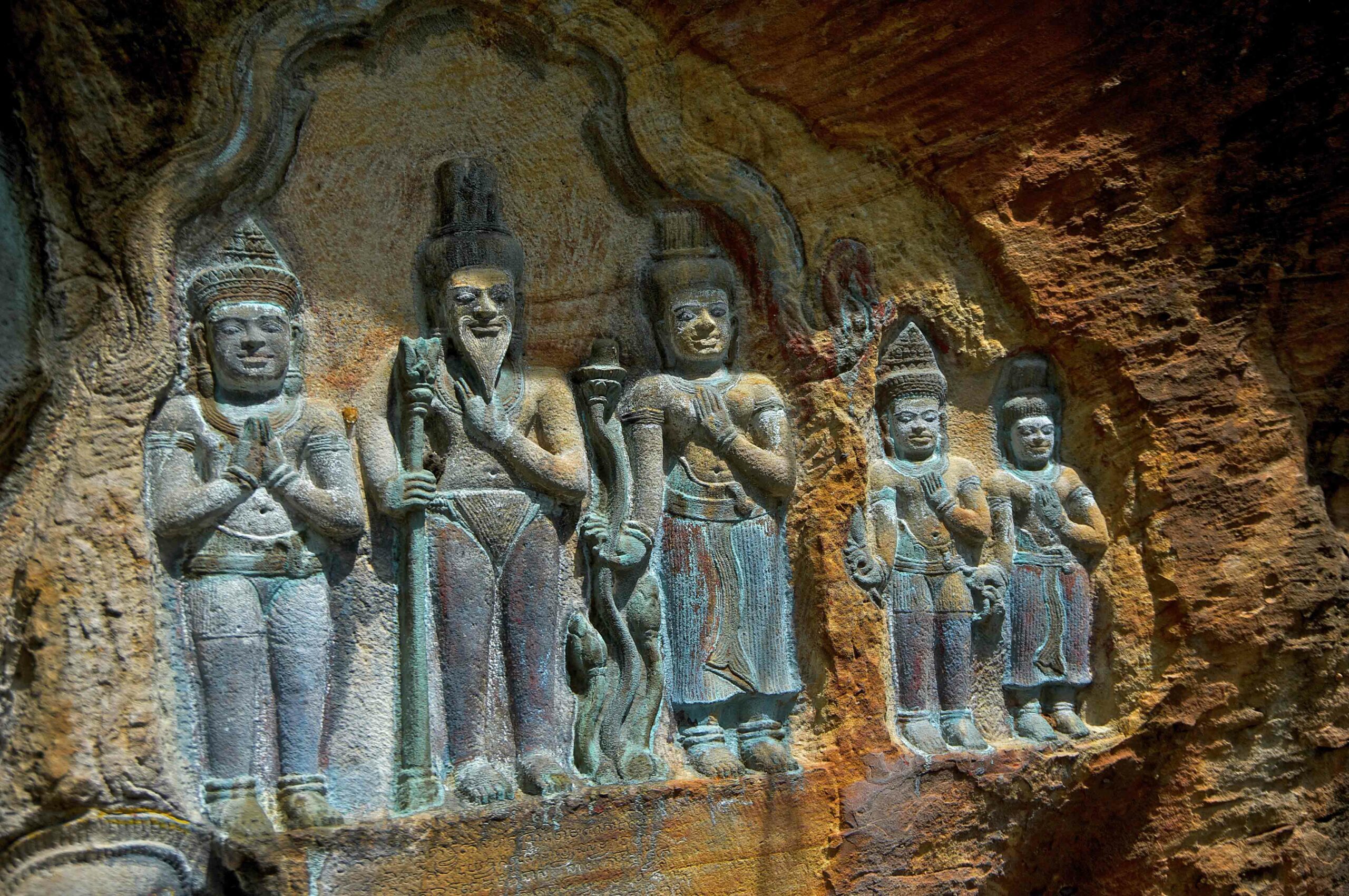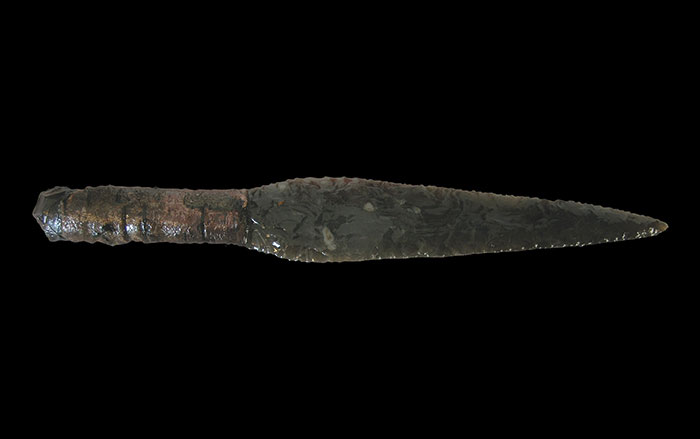
CAMBRIDGE, MASSACHUSETTS—After thousands of years, Chinchorro mummies, now housed in the collection of the University of Tarapacá’s San Miguel de Azapa Museum in Arica, Chile, were rapidly degrading, so archaeologist Marcela Sepulveda of the University of Tarapacá, who specializes in materials characterization, turned to Ralph Mitchell, Gordon McKay Professor of Applied Biology, Emeritus, at the Harvard School of Engineering and Applied Sciences. “We wanted to answer two questions: what was causing it and what could we do to prevent further degradation?” Mitchell explained. He and his team examined the microbiome on the samples of degrading mummy skin and undamaged skin sent to Massachusetts from the museum’s collection. “With many diseases we encounter, the microbe is in our body to begin with, but when the environment changes it becomes an opportunist,” Mitchell said. They found microbes in both sets of samples that in very humid conditions, triggered black, oozing damage to the skin. Sepulveda reported that humidity levels in Arica have been on the rise. This precise information will help the museum staff preserve the mummies in the collection. But what of the large numbers of Chinchorro mummies that are still buried throughout the region? “Is there a scientific answer to protect these important historic objects from the devastating effects of climate change?” Mitchell asked. To read more about the archaeological impacts of climate change, see "Sites in Peril."









